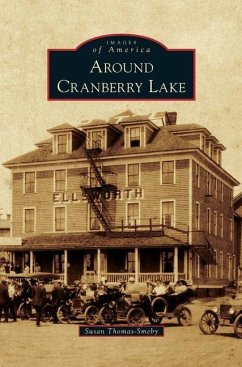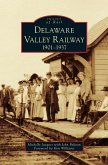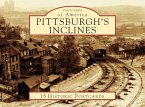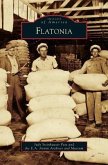Initially, the remote Cranberry Lake region attracted hunters and fishermen like Reuben Wood, world-champion fly caster. It also enticed artist Frederic Remington, writer Irving Bacheller, and Arts and Crafts movement philosopher Elbert Hubbard. Between 1886 and 1896, when railroads began to approach the lake, both industry and tourism were facilitated. Extractive industries like mining and lumbering coexisted with a lively trade catering to leisure travelers and recreationists. Several generations later, much of the natural beauty and wilderness characteristic of the Cranberry Lake region has been restored and is again the basis of its appeal. The communities that thrived along the railways--and the people who lived and worked in those communities--have a role in the area's social and industrial history that should not be forgotten.
Hinweis: Dieser Artikel kann nur an eine deutsche Lieferadresse ausgeliefert werden.
Hinweis: Dieser Artikel kann nur an eine deutsche Lieferadresse ausgeliefert werden.








